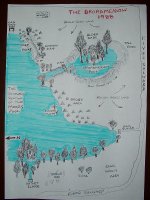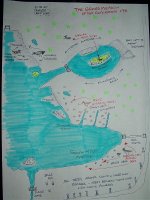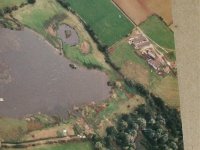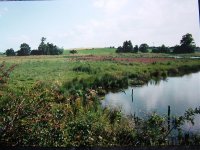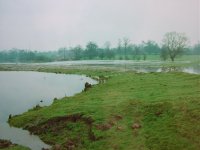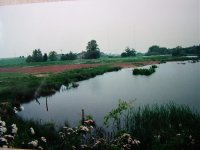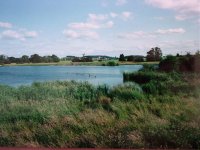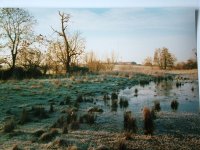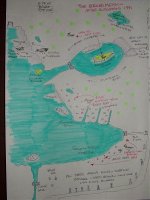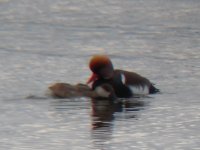Went to Upton this morning from about 9:30-12
Started out in the Education reserve trying to get Treecreeper and Goldcrest on the year list to no joy, plenty of the usual plus Green Woodpecker and Great Spotted Woodpecker. 11 Greylags were on the Sailing pool and a Rook flew over the car park so I headed over the flashes.
On the way to the hide I finally managed the Peregrine perched on the left hand mast.Getting in the hide a guy said that earlier there had been a few Golden Plover in the ploughed field but had flown off, probably while I was looking round the eddy! A quick scan revealed a pair of Redshank (first this year) a Cetti's sang along with lots of other birds and a real bright sunshine gave a real feel of spring. An Oystercatcher was in-between the 2nd and 3rd flash. Counts of other birds included 16 Curlew, 47 Teal, 157 Black-headed Gull (several displaying and defending territories), 7 Linnet, 2 Shelduck, 7 Coot and 15+ Snipe.
Walking over to the moors west hide the work party was out in front of the east hide so most birds where in the north corner. 2 Little Grebe and 2 Oystercatchers were the highlights and the Little Egret put in a brief appearance flying towards the sailing pool. Counts of other birds included 36 Coot, 7 Great Crested Grebe, 29 Shoveler, 19 Tufted (males were in pursuit of females definite sign of spring) 21 Pochard, 2 Mute Swan, 4 Teal, 45 Canada Geese (vast majority paired up) 18 Cormorant, 40+ Black Headed Gulls, 15+ Reed Bunting (males starting to get nice and dark now) 2 Cetti's, 1 Buzzard and 4 Lapwing.
All in all 2 year ticks with Redshank and Peregrine takes me to 73. Hopefully will get Golden Plover at the work party this weekend!




